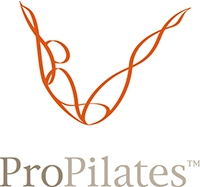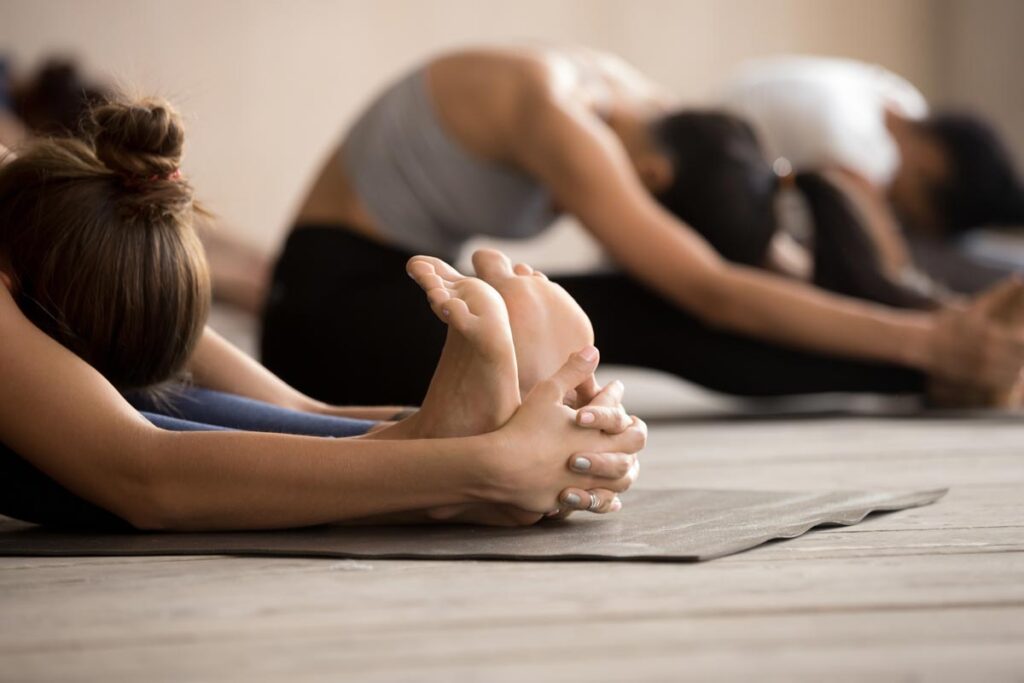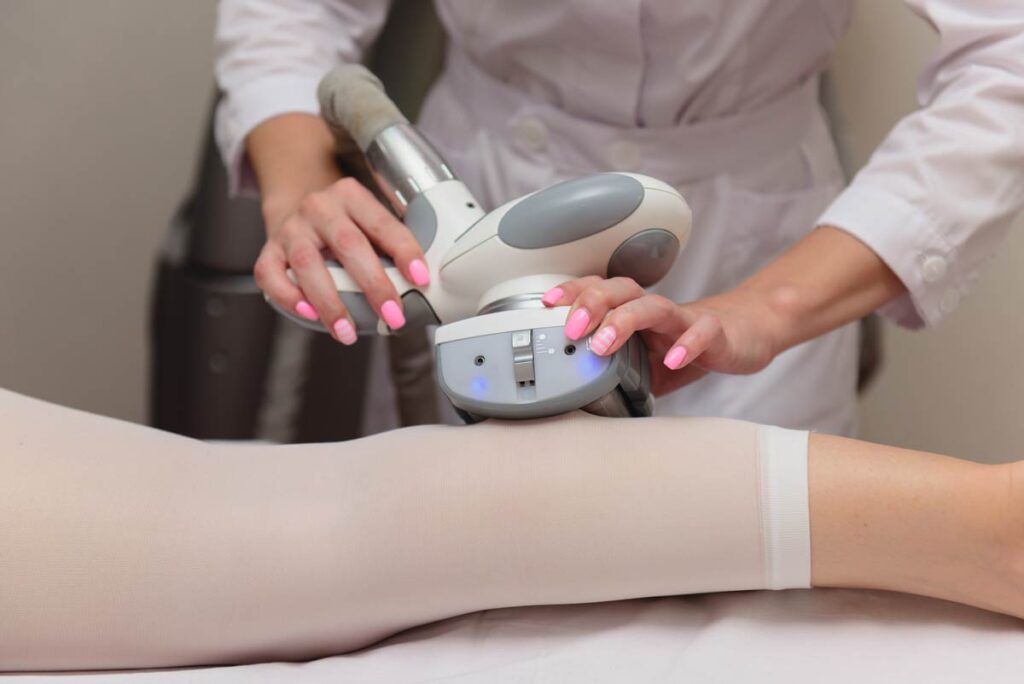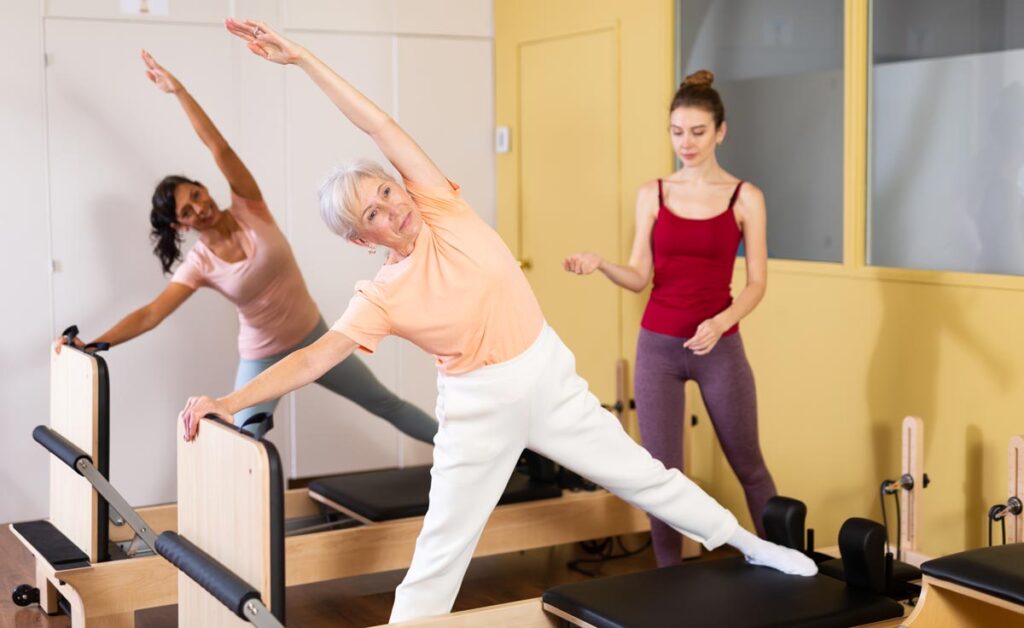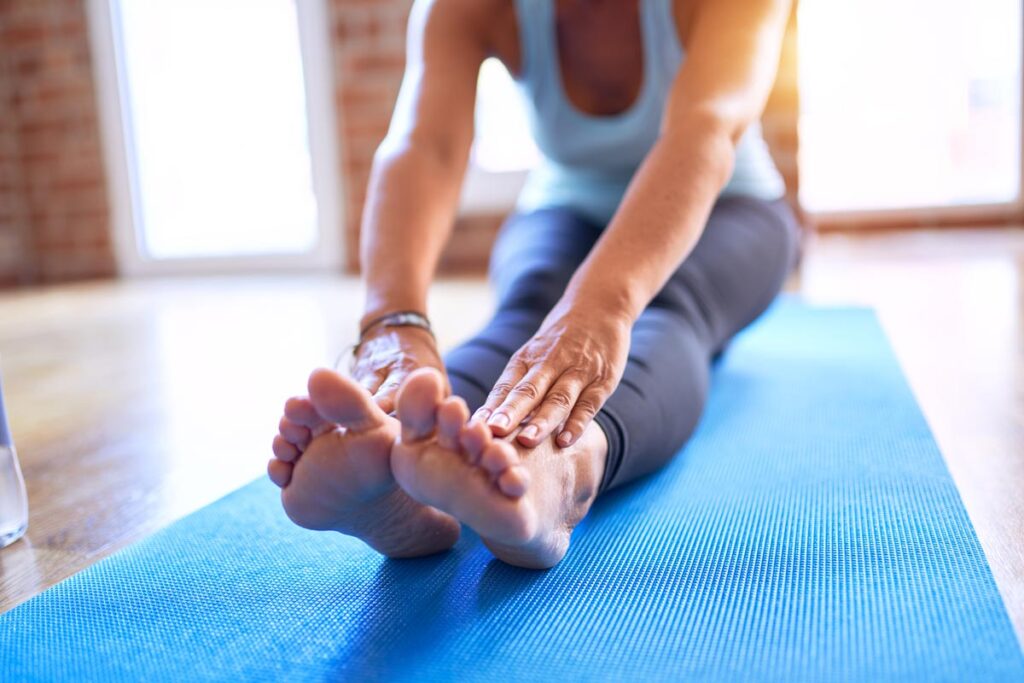Pilates is a method of full body workouts created by health pioneer Joseph Pilates. Pilates practitioners usually use a special apparatus, but you can modify the exercises for home Pilates workouts. Pilates classes build strength, flexibility, and improve posture while enhancing mental awareness.
Continue reading to learn how to effectively build strength and flexibility through Pilates at home. We’ll offer tips and exercises for creating a successful home practice as a beginner.
Starting Pilates at Home
One of the attractions of Pilates is how accessible, affordable, and convenient it is, especially relatively to others. Practicing Pilates at home can be free, and you also won’t need a large space. If you can lay down on the floor and spread out your limbs, there will be enough space for your Pilates mat. A mat is the only essential equipment for your practice, though you can substitute with any other comfortable surface.
You can even do Pilates without equipment whatsoever. Interestingly, Joseph Pilates created Pilates for rehabilitating wounded World War I soldiers. Like them, you can even do Pilates from bed; this exercise is as accessible as workouts can be.
We recommend wearing fitted cotton clothing so that you can check your form and keep your hair out of your face for better breathing. Pilates is all about the mind-body connection, so come into your practice ready to be mindful and embodied.
Basic Pilates Principles
By prioritizing repetitive movements with resistance, Pilates is fantastic for building strength.
“Joseph Pilates created entire program for his students to practice at home called Mat Pilates which is designed to improve strength, flexibility, posture and coordination while practiced at home.”– shares Tonka Cascais, Pilates expert and owner of ProPilates studio in Fort Lauderdale, FL for over 25 years, “You can practice Pilates anytime and anywhere, even on the plane and while travelling.”
Because it focuses on functional movement, some experts argue that it’s a better choice than strength training.
“For me Pilates is an integral component of every sport, exercise program and physical activity because it optimizes body/mind connection and prepares you to perform at your BEST.” explains Tonka Cascais “You will move with ease, feel flexible, calmed and relaxed in everything you do.”
You will likely begin to see results within just a few weeks of regular practice. Studies show that the emphasis on core strength pays off, both by improving core muscle strength and reducing lower back pain.
Creating Your Home Pilates Routine
If you’re an absolute beginner, this sample Pilates workout for beginners at home is only 15 minutes long.
When considering a Pilates workout plan that will work for you, being realistic is important. How often can you practice? What duration of workout is right for you? A quick Pilates workout—even 10 to 20 minutes—is better than a full day spent sedentary.
To progress and show results, you’ll need to create a plan that you can stick to. Consistency is what guarantees transformation! The benefits of Pilates are many, and showing up to your mat consistently will make all the difference.
Staying Motivated and Engaged
As Fort Lauderdale’s first Pilates studio, we use neuroscience and the mind-body connection to ensure optimal results. If you’re ready to move beyond your at-home Pilates practice into a studio, we’ll help you embrace your journey. Our private Pilates sessions will keep you motivated to achieve your goals.
Learn more about our Pilates private sessions here.
